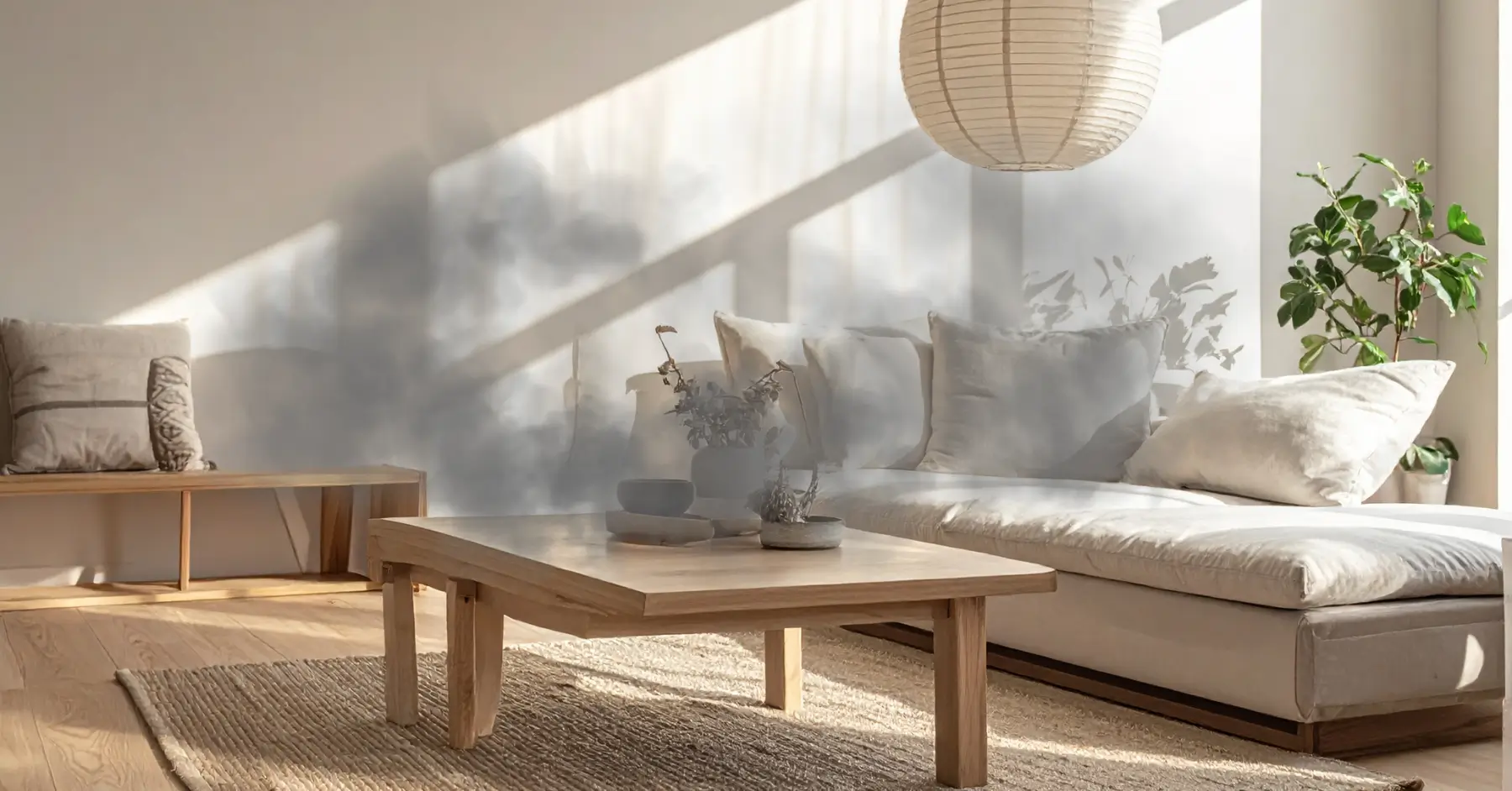How to Prevent a House Fire
You’re not just looking for tips, you’re trying to protect your home, your family, and your peace of mind. Maybe you’ve had a close call before, like a kitchen towel that got too close to the burner, or a wall outlet that sparked when you plugged something in. Maybe you’ve even smelled smoke in the middle of the night and felt that jolt of fear in your chest.
That feeling? It’s real. You worry about your kids sleeping down the hall. You think about your pets. You’ve worked hard to build a home, and the thought of losing it to a fire is terrifying.
We get it. At A/S General Contracting, we’ve seen firsthand what fire damage can do. We’re not just here to fix homes after disaster strikes, we’re also here to help you stop that disaster from happening in the first place. As experts in fire damage restoration, we know what causes most house fires, how fast they spread, and what can be done to stop them before they start.
In this guide, you’ll learn:
- How house fires start and what puts your home at risk
- Simple, affordable changes to make your home safer
- What signs to look for before a fire breaks out
- How fire restoration is different from smoke cleaning
- What to do after a kitchen fire or small flare up
- Where to turn if you need fire damage restoration
Fires can start in seconds, if you’ve ever wondered what to do in a house fire emergency, Ready.gov has straightforward guides and safety checklists to help you plan ahead and stay calm under pressure..
Why Fires Start at Home (and How to Stop Them)
House fires usually don’t begin with something big. They start with something small, something you barely notice. A pot left on the stove. A space heater too close to a couch. A clogged dryer vent.
Here are the most common fire starters we see:
- Unattended cooking (especially grease fires in the kitchen)
- Overloaded outlets and outdated wiring
- Space heaters placed too close to flammable items
- Candles left burning near curtains or bedding
- Dryer lint buildup in vents and filters
- Old or damaged appliances
These are everyday things. But when they go wrong, the results can be devastating.
What You Can Do Today to Prevent a House Fire
Kitchen Safety Tips
The kitchen is the #1 cause of house fires. Grease, high heat, and distractions are a dangerous mix.
- Never walk away from the stove while cooking
- Keep flammable items like paper towels and oven mitts away from burners
- Turn pot handles inward
- Don’t throw water on a grease fire, cover it with a lid instead
- Keep a fire extinguisher in or near the kitchen
If you’ve had a small flare up and aren’t sure what damage was done, contact us for a free fire damage restoration inspection.
Check and Clean These Often
- Smoke alarms: Test once a month and change batteries once a year
- Dryer vents: Clean the lint trap after every load and the full vent at least once a year
- Furnace filters: Replace on schedule to prevent buildup
- Chimneys: Have them cleaned and inspected once a year
- Electrical panels: Check for scorch marks or flickering lights
What Is Fire Damage and What Happens After?
After a fire, the damage often goes beyond what you can see. Even a small kitchen fire can leave smoke particles in your walls, ceilings, and HVAC system. Water used to put out the flames can cause even more problems.
That’s why fire damage restoration isn’t just cleanup. It’s a full process that may include:
- Removing damaged materials
- Cleaning and decontaminating surfaces
- Deodorizing the home to remove smoke smell
- Drying and repairing water-damaged areas
- Rebuilding walls, floors, ceilings, and more
Need Help with a Fire Damage Insurance Claim?
We guide homeowners through every step of the fire damage claims process. If your policy covers fire or smoke damage, we’ll help document the loss, communicate with your adjuster, and submit the reports, estimates, and photos needed to support your claim. You won’t have to navigate it alone, contact us today.
Fire Restoration vs. Smoke Cleaning
It’s easy to confuse these two, but they’re not the same.
Smoke cleaning handles surface level soot and odor. It’s good for mild damage after burnt food or a small flame up.
Fire restoration deals with deeper damage. It may involve removing drywall, replacing insulation, and rebuilding rooms. If the fire was more than just a tiny scare, you need full fire damage restoration, not just a cleaning.
Signs You Might Need Fire Damage Restoration
You don’t have to wait for a big fire to act. A small kitchen fire can still do real damage.
Call for a fire damage inspection if you notice:
- Black soot around ceiling corners or vents
- Persistent smoke odor even after cleaning
- Yellowing or discoloration on walls and ceilings
- Warped floors or cabinets
- Peeling paint or bubbling wallpaper
All inspections are free with A/S General Contracting, and we’ll let you know what’s safe and what needs attention.
What We’ve Learned from Real Fire Jobs
Our team at A/S General Contracting has responded to fires in houses big and small. Most of the families we help didn’t think it would happen to them. One left a candle burning during a nap. Another forgot about food cooking on the stovetop.
It doesn’t take a giant mistake, just a moment.
But what makes us different is how we respond. We move fast, communicate clearly, and focus on getting your life back to normal. Our work covers every part of the fire damage restoration process: inspection, cleanup, repair, and rebuild.
And we treat your home like it’s our own.
Extra Safety Tips from FEMA and Ready.gov
Don’t just take our word for it, Ready.gov has helpful advice for home fire prevention too. Some of their top recommendations include:
- Sleep with bedroom doors closed to slow down fire spread
- Teach kids what smoke alarms sound like and what to do
- Practice a fire drill twice a year
- Create a home escape map with two ways out of each room
- Store matches and lighters where children can’t reach
These tips take just a few minutes to set up, but they could save your life.
Contact A/S General Contracting for Help or Prevention Support
We’re here for homeowners who want to prevent fires and for those who need help after one.
Whether you just had a scare or are picking up the pieces after a fire, A/S General Contracting has the tools, experience, and heart to get the job done right.
Contact us today to schedule your free inspection or get answers to your questions. We’ll help you feel safe in your home again.
- Contact our team
- Fire damage restoration services
- Serving homeowners across San Diego County


